View 19 What Temperature To Wash Clothes
2 Water of this temperature can be provided by steam jet or separate booster heater. If the label is missing or unclear wash soiled clothes particularly colored clothes with cold water.
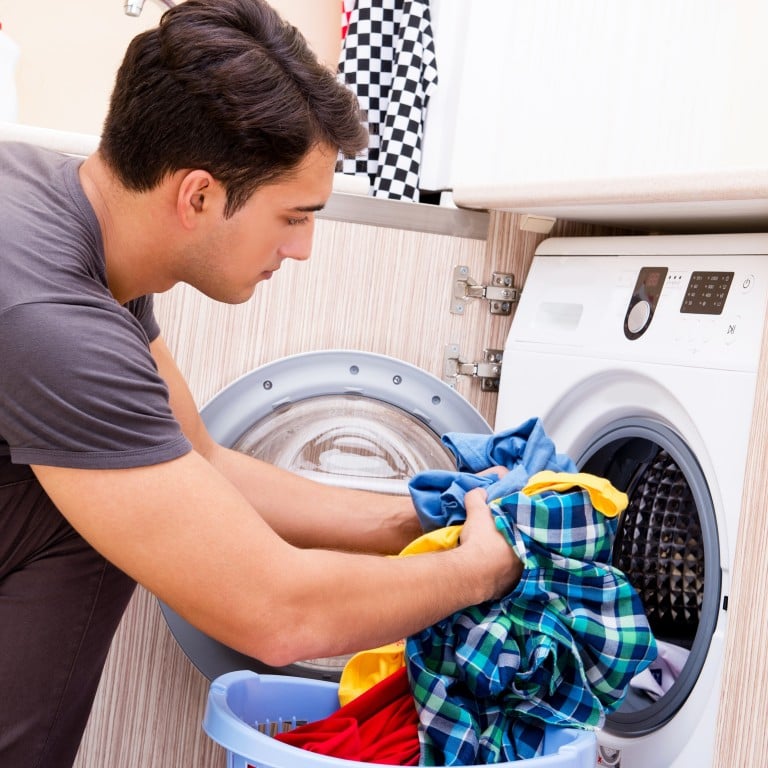
Coronavirus Laundry Rules Tips On When And How To Wash Your Clothes To Avoid Contamination South China Morning Post
Generally higher water temperatures kill more germs.
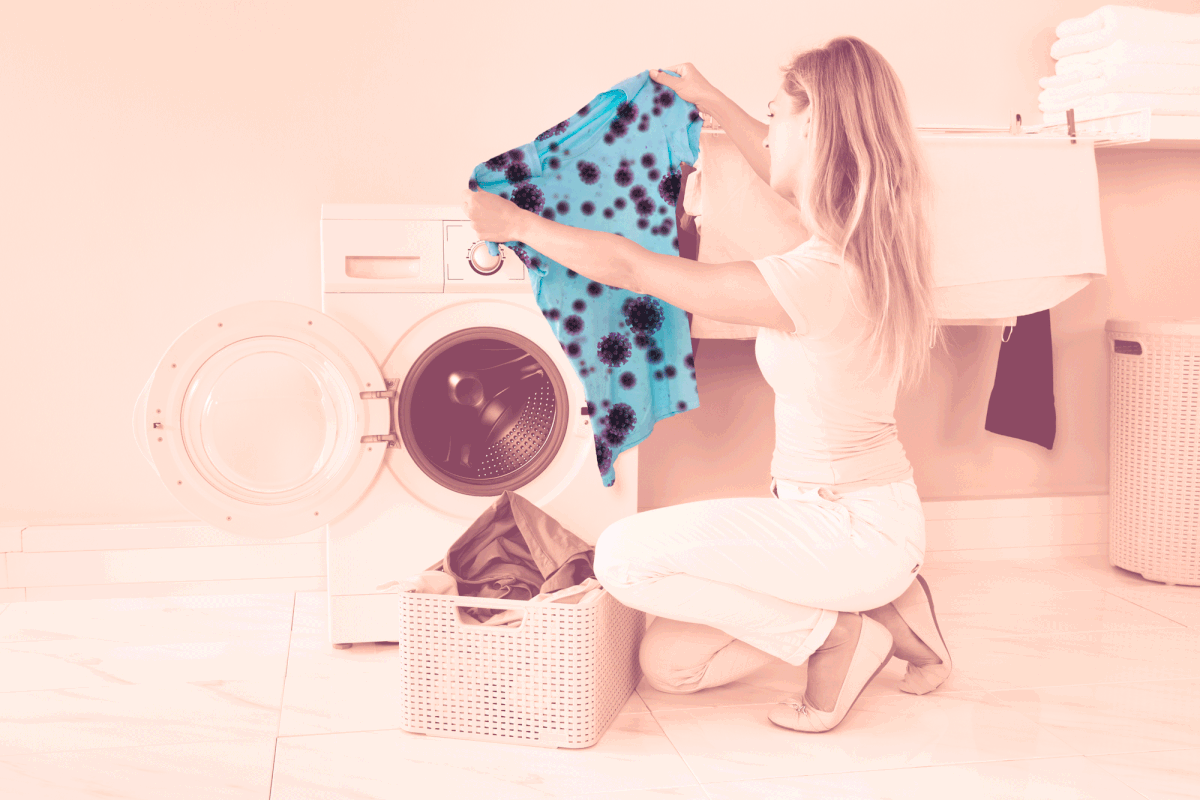
View 19 what temperature to wash clothes. Remove fiberglass from clothing by brushing the dry garment machine washing using soap on a warm temperature setting and machine drying. Use the hottest possible setting to wash clothes and aim for water 80-degrees or warmer but not boiling. Cool washes at 30C or lower are good for delicate fabrics but if you need to wash garments that are more durable like cotton or lightly soiled bed linen you may want to use a warm wash temperature setting instead for more effective results.
Make sure you allow clothes to dry hotter and and longer. Boiling water can ruin clothes. The cost of detergent varies from 015 to 055 per load.
Hot water provides an effective means of destroying microorganisms. The NHS website states that you should wash underwear towels and household linen at 60C to prevent the spread of germs or at 40C with a bleach-based laundry product we suggest bio washing powder. 1277 A temperature of at least 160F 71C for a minimum of 25 minutes is commonly recommended for hot-water washing.
If items are suitable for machine washing youll need to know how to hand wash underwear in the sink. If you are not satisfied with the stain removal results you can then move on to warm or hot water. It kills 999 viruses and bacteria and is safe for delicates and coloured clothes.
Wash on the hottest program your care label recommends While we normally recommend washing in cold water heat is one of the best ways of rendering viruses inactive. Wash high-risk clothes at 60C or above. Take off your gloves and wash your hands right away after you handle the soiled clothes or linens.
While it is possible to wash black clothes with other dark fabrics you may wish to wash black items separately from other dark clothes to avoid dulling or staining. Use the warmest temperature recommended on the labels. Cold-water formulas are designed to dissolve at any temperature.
If youre washing by hand make it as hot as you can stand. Hot water more thoroughly cleanses the dirt and stains that are prominently displayed on white clothing. Put the linens in the washing machine.
Tests have proven that washing your clothes at 60C with a good detergent is perfectly adequate to kill bacteria. Then use a regular wash cycle with detergent. Choose the warmest available water setting.
It isnt necessarily true of all products but with laundry detergent the higher. Using cold water to wash your clothes is environmentally friendly and saves energy. Of course you want to get your clothes.
Temperature Guide Cold Warm or Hot. 40C is a popular temperature setting that can be used for most everyday items when you need to remove tougher stains and when youre washing heavily-soiled. Using the cold water setting will cause the least damage to fabrics like shrinking fading or color bleeding.
Dry clothes and linens in a clothes dryer. Be kinder to the planet and your wallet by washing your clothes in cooler water. Washing a woolly jumper at 80 degrees will make it shrink and other fabrics can melt so always check the label on your clothing before you wash.
2 How to wash dark or black clothes. Reynolds and Gerba say if you are a health care worker you need to keep your laundry separate and wash it in the hottest water possible with a sanitizer and. Modern detergents have been designed to perform well across a broad temperature range from 30C even 20C to 90C.
In most washing machines cold water is between 60 and 80 degrees Fahrenheit while hot water is 130 degrees or higher. It says nothing about washing at as high as 90C to kill bacteria. As mentioned above be sure to separate any dark clothes from lights brights and whites before washing.
If those factors arent the case though its. The most common of these will be baby clothes which youll need to wash separately at 60C to avoid spreading germs to your child. If youre washing the clothes of someone who is sick or you live in a cold-weather state where water temperatures can be 40 degrees or below thus making detergents less effective its true that warm or hot water may be best.
Consider soaking clothes in a solution containing quaternary ammonium before washing them. Once you have some experience under your belt youll find that some fabrics can be cleaned at. Take the bag to the washing machine.
If youre looking for more specific advice such as how to deal with clothes used in food preparation or healthcare workers. The process sometimes requires the clothing to go through the wash cycle multiple times to eliminate all the fibers. If you dont have access to laundry facilities Nanos said that you can hand wash your clothes at home as long as you can get the temperature above 80 degrees Fahrenheit.
120 The use of chlorine bleach assures an extra margin of safety. It is even effective at temperatures as low as 20C. If someone in your family is ill clothes should be washed in the highest temperature recommended by the manufacturers label.
Using hot water 60 degrees is the best option will make many detergents more effective at tackling bacteria-hosting oils and grime. However Dr Laird had also previously raised concerns about this NHS guidance because it referred to a literature review from 2007 that stated it was safe to wash uniforms at home provided the temperature was set to at least 60C. Instead Covid-19 infection prevention control guidance from the government now links to guidance from NHS England on washing uniforms.
Heres how to wash your clothes and other items to help reduce the risk of exposure to COVID-19. Wash items in a pre-wash cycle first. In some cases a higher wash temperature can be used such as 60 C or 90C.
The appropriate temperature setting depends on the load that you are washing but in many cases 30C or 40C gives excellent results. Warm temperature minimizes color fading and wrinkling. Choose it to wash regular and sturdy fabrics towels jeans cottons sheets sturdy playwear school uniforms 100 percent handmade fibers and moderately soiled stuff.
A warm water wash temperature is 90 degrees F. What Temp to Wash Your Clothes Since the introduction of electric washers to the daily life of most Americans the question of proper material care has been pondered by nearly every laundry-doer.

Laundry Temperature Hot Warm Or Cold Water Lucky Me

Why Do We Use Hot Water To Wash Clothes Office For Science And Society Mcgill University
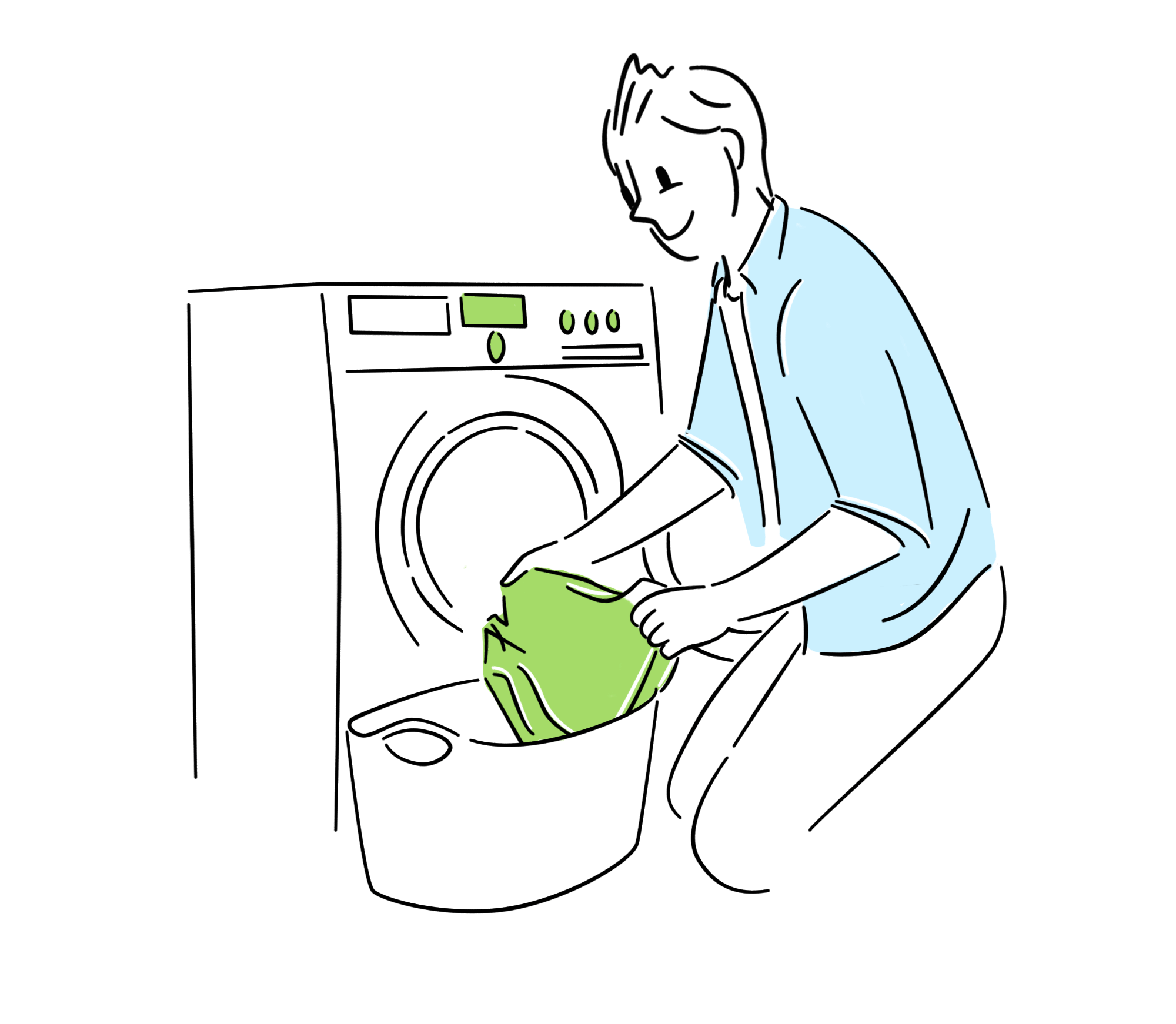
Looking After Your Clothes Unlocking The Power Of Clothing Uniqlo Sustainability

Cleaning And Hygiene Tips To Help Keep The Covid 19 Virus Out Of Your Home Unicef Indonesia

Washing Machine Dos And Don Ts Blog
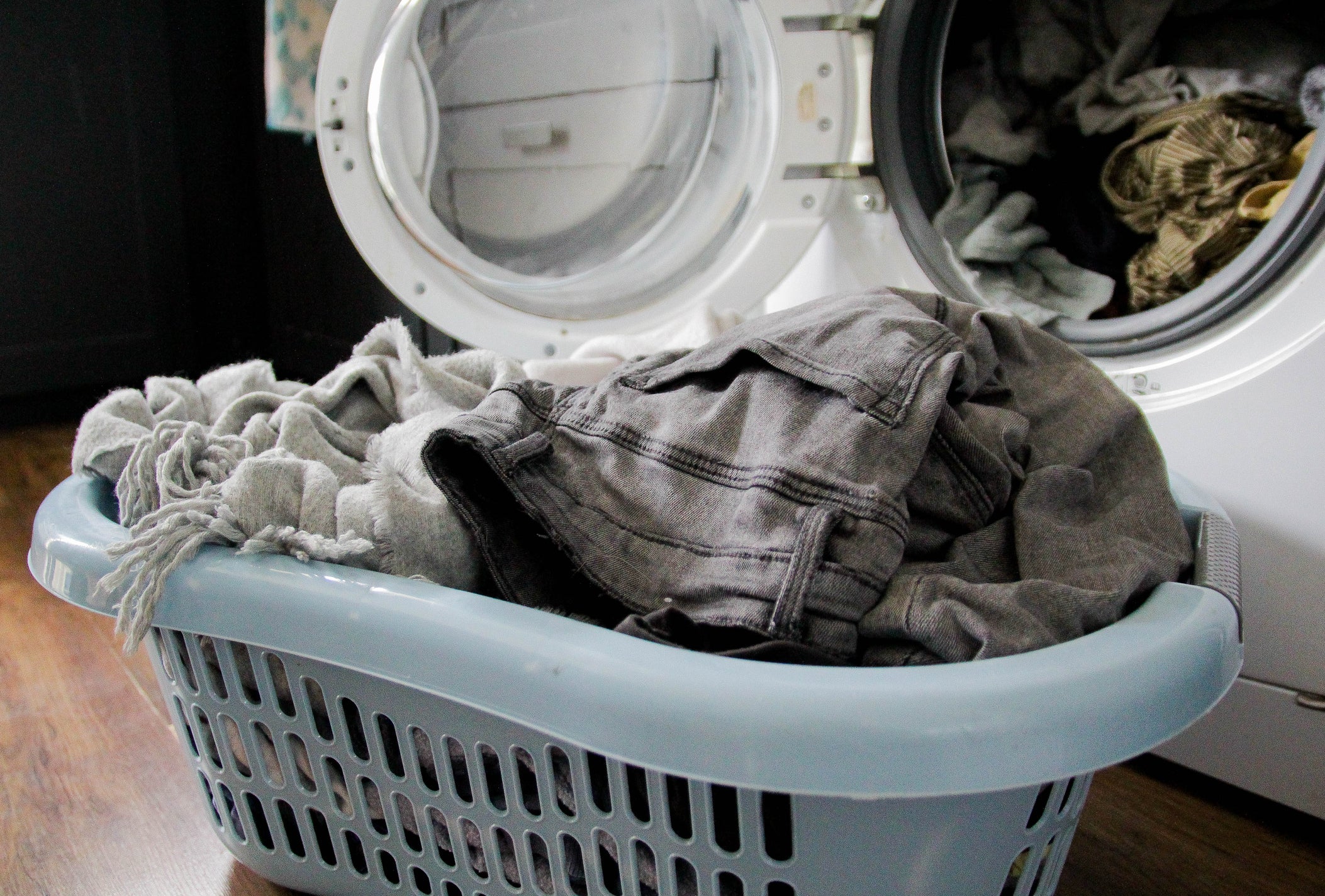
Can You Wash Light Grey Clothes With White Clorox
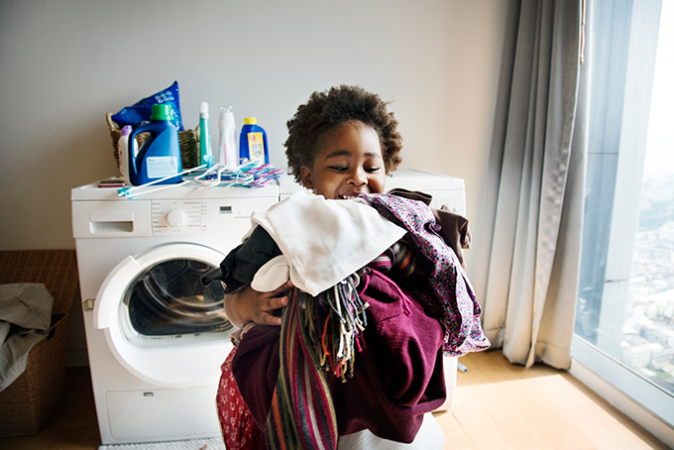
Laundry Tweaks Can Help Clothes Last Longer And Pollute Less Science News For Students

What Is The Best Temperature To Wash My Clothes Dr Beckmann

How Long Does The Coronavirus Live On Clothes And Will Laundry Detergent Kill The Virus Health Com
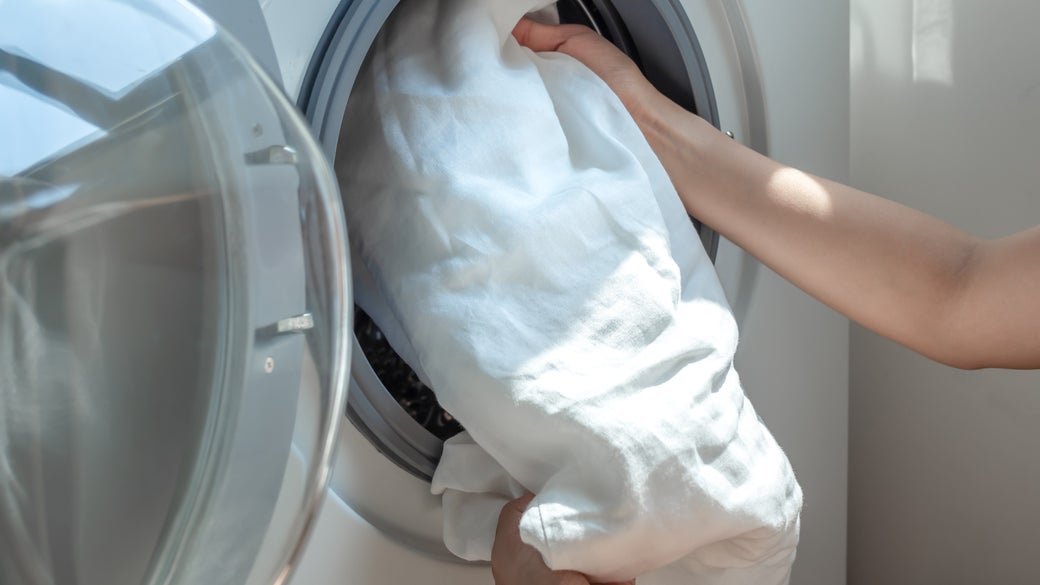
How To Use Bleach In Laundry Clorox
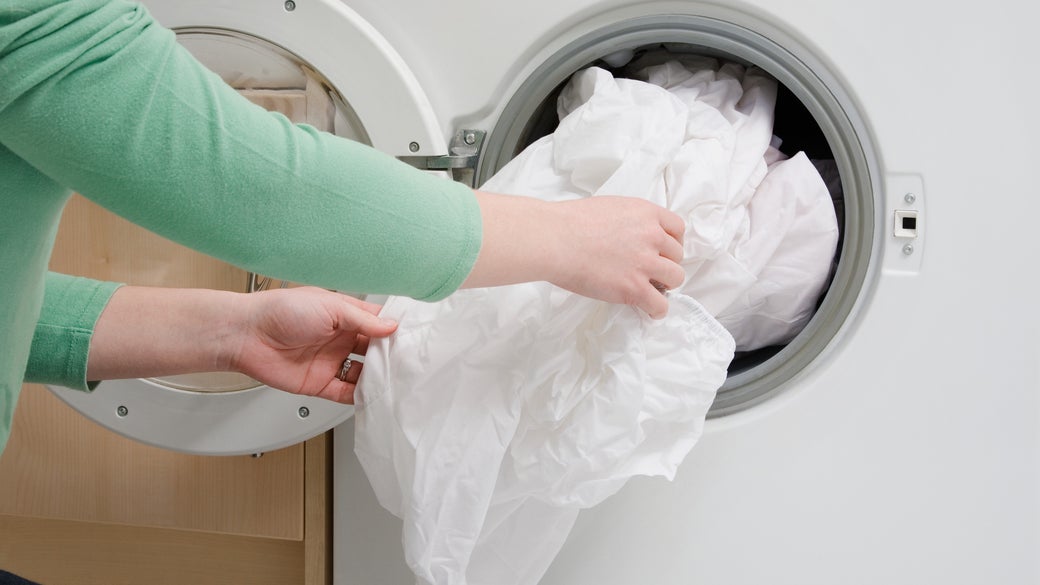
Do You Wash Clothes With Bleach In Hot Or Cold Water Clorox

Coronavirus How To Wash Clothes And Kill Germs Which News
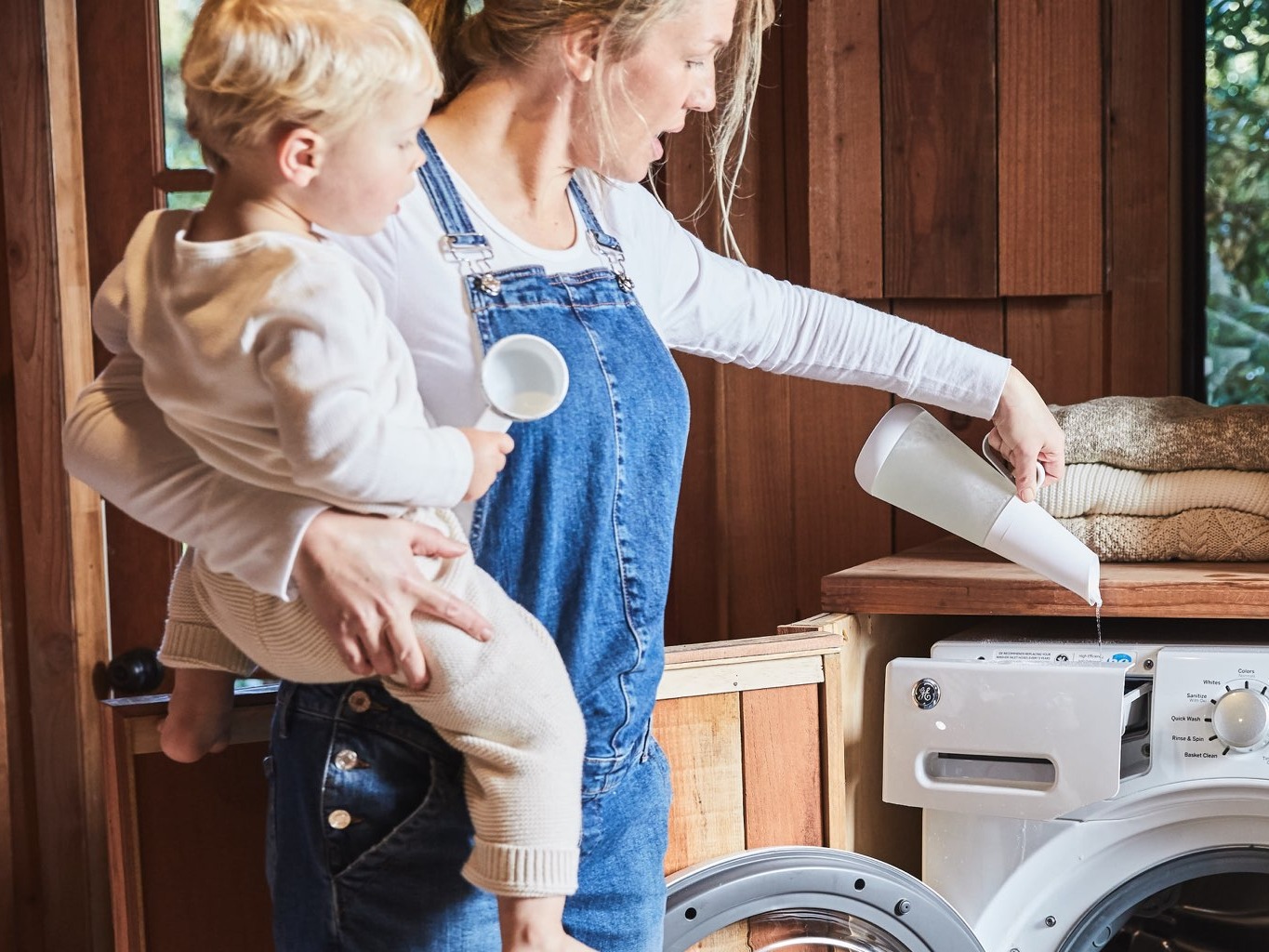
Reasons To Wash Your Clothes In Cold Water

What S The Best Way To Dry Your Laundry Which News

Washing Machines Buying Guide Consumer Nz

The Dirt On Laundry And How To Reduce Your Risk Of Getting Sick University Of Arizona News
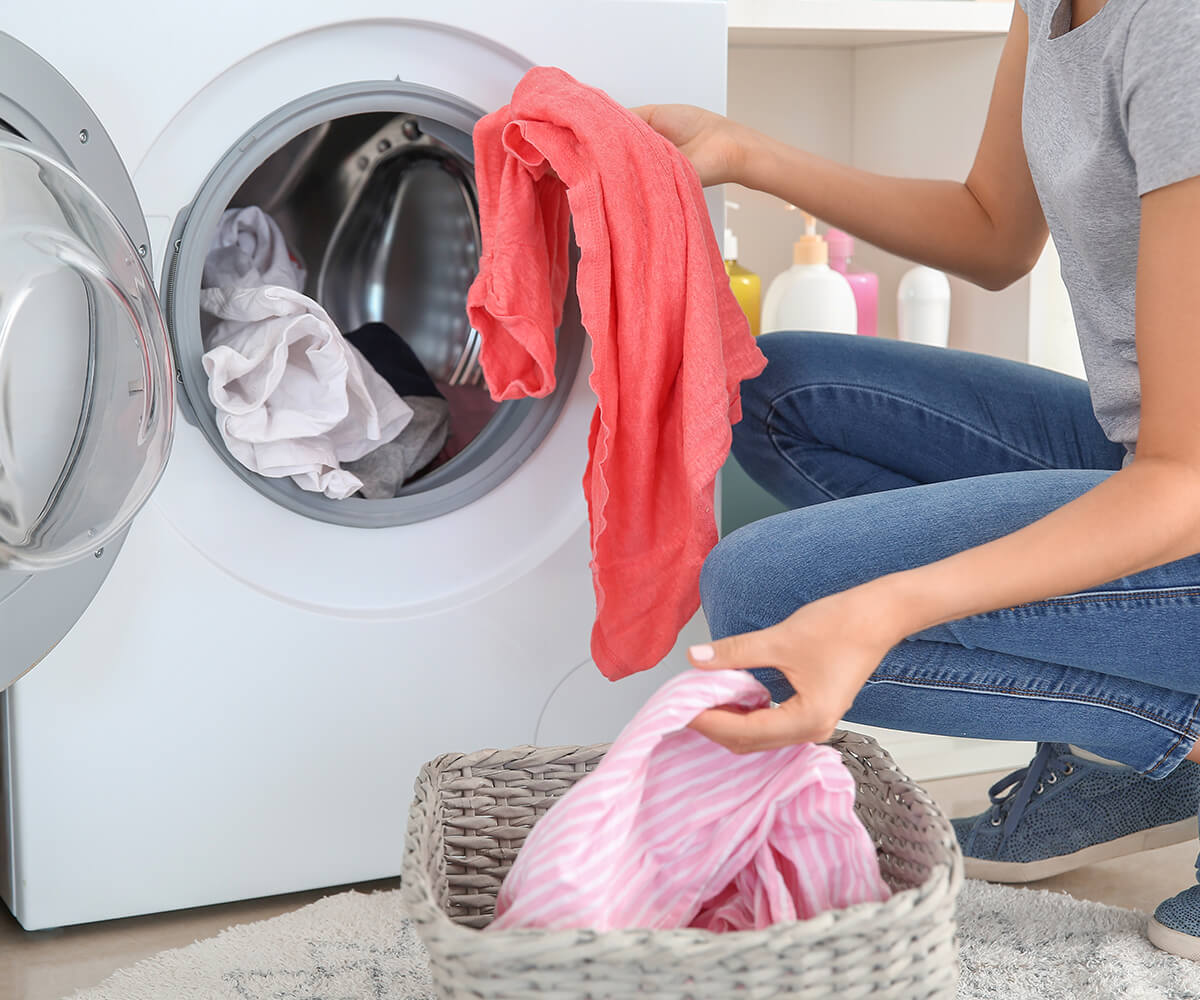
A Guide On How To Unshrink Clothes
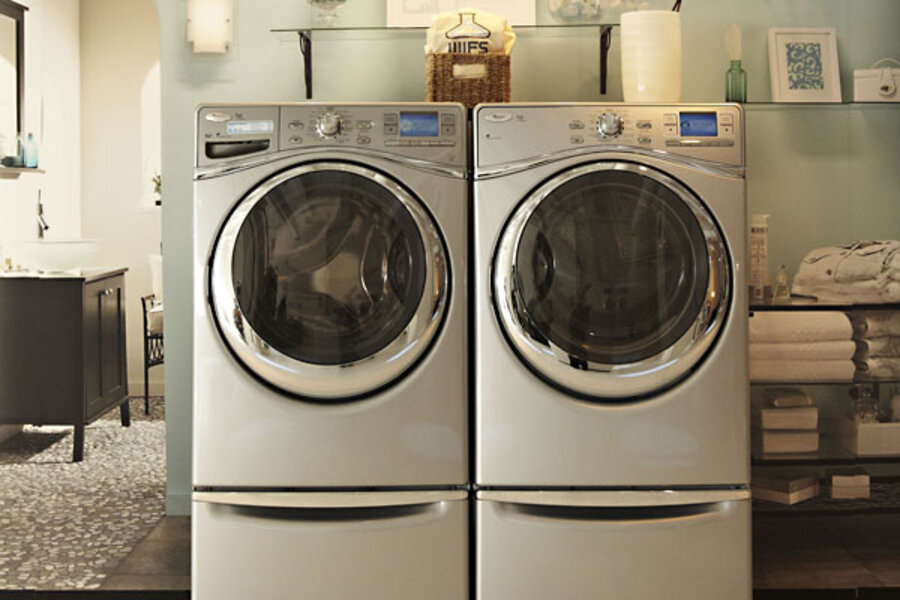
Here S Exactly How Much You Ll Save Doing Laundry In Cold Water Csmonitor Com
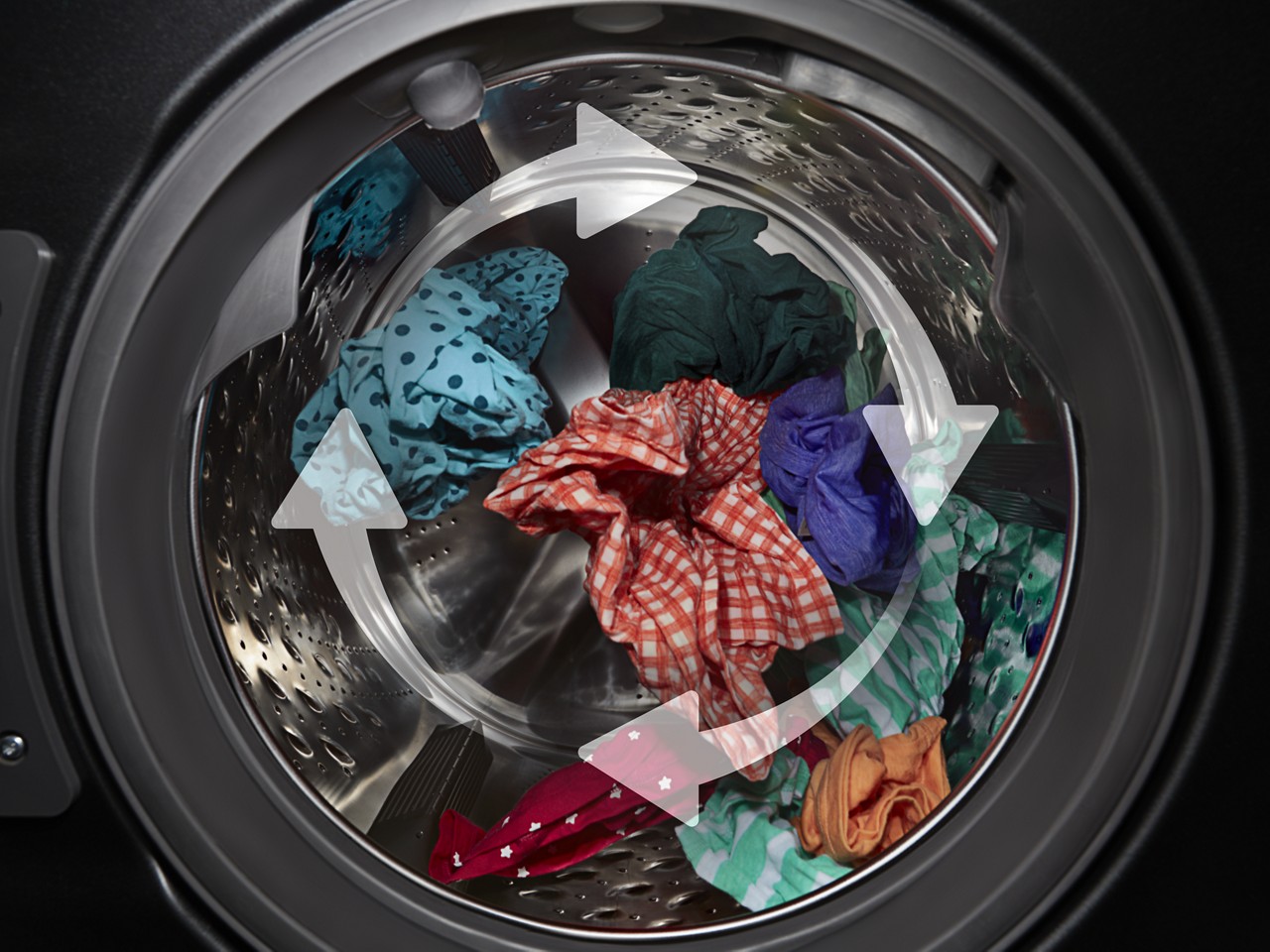
Post a Comment for "View 19 What Temperature To Wash Clothes"